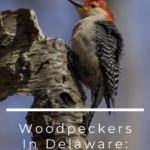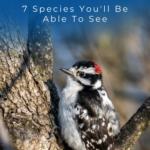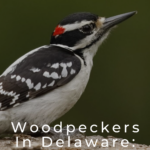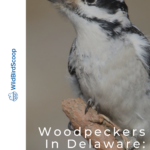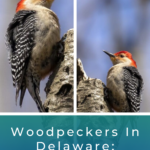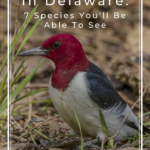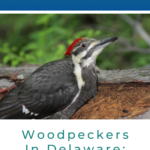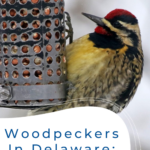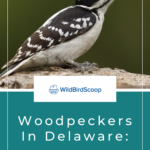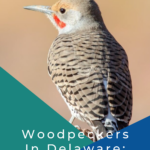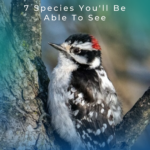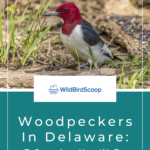Delaware Woodpeckers – 7 Species To Look Out For
With miles of pristine beaches and charming coastal towns, Delaware is a dream destination for anyone who enjoys tanning under the sun by day, indulging in culinary adventures in the evening, and taking long walks along the surf at night.
But it doesn’t stop there, The First State is also a hotspot for birdwatchers, showing off a total of 423 species of birds as of July 2020.
There are 7 woodpecker species that you can find in Delaware, and below is all the information you need to spot them:
Pileated Woodpecker
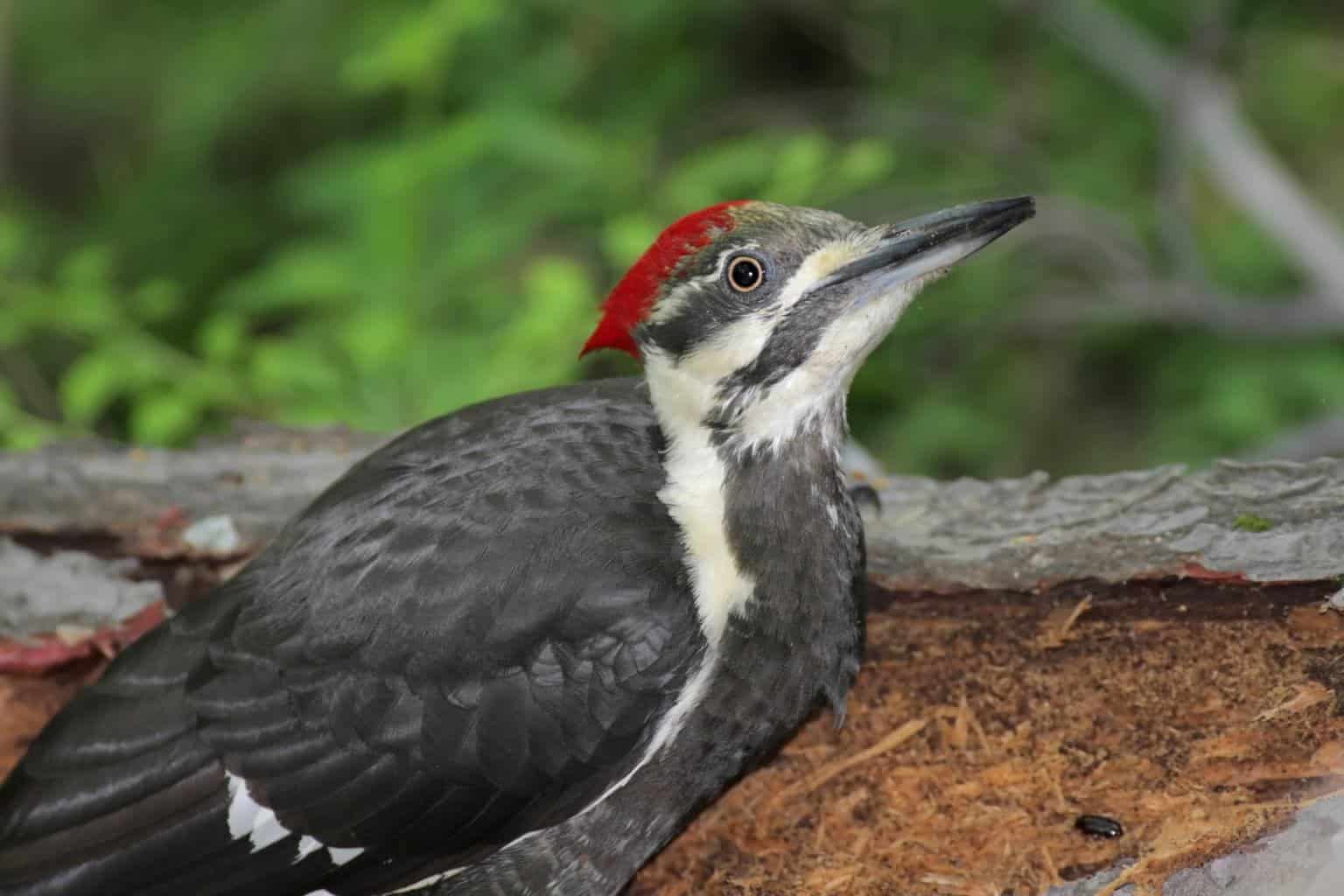
- Scientific Name: Dryocopus pileatus
- Length: 16 to 19 inches
- Weight: 8.8 to 14.1 oz
- Wingspan: 26 to 30 inches
- Additional Information:
Kicking off the list with one of the most recognizable species of woodpecker and the one used to portray “Woody the Woodpecker” is the Pileated one.
It’s quite an easy species to spot while bird watching because it’s simply one of the largest woodpeckers by size. Also, they’re found almost anywhere in the U.S. apart from the rocky mountain.
Their behavior depends mainly on the habitat around them. In other words, those that live around residential areas are more adapted to humans where those that live out in the wild are shy.
Downy Woodpecker
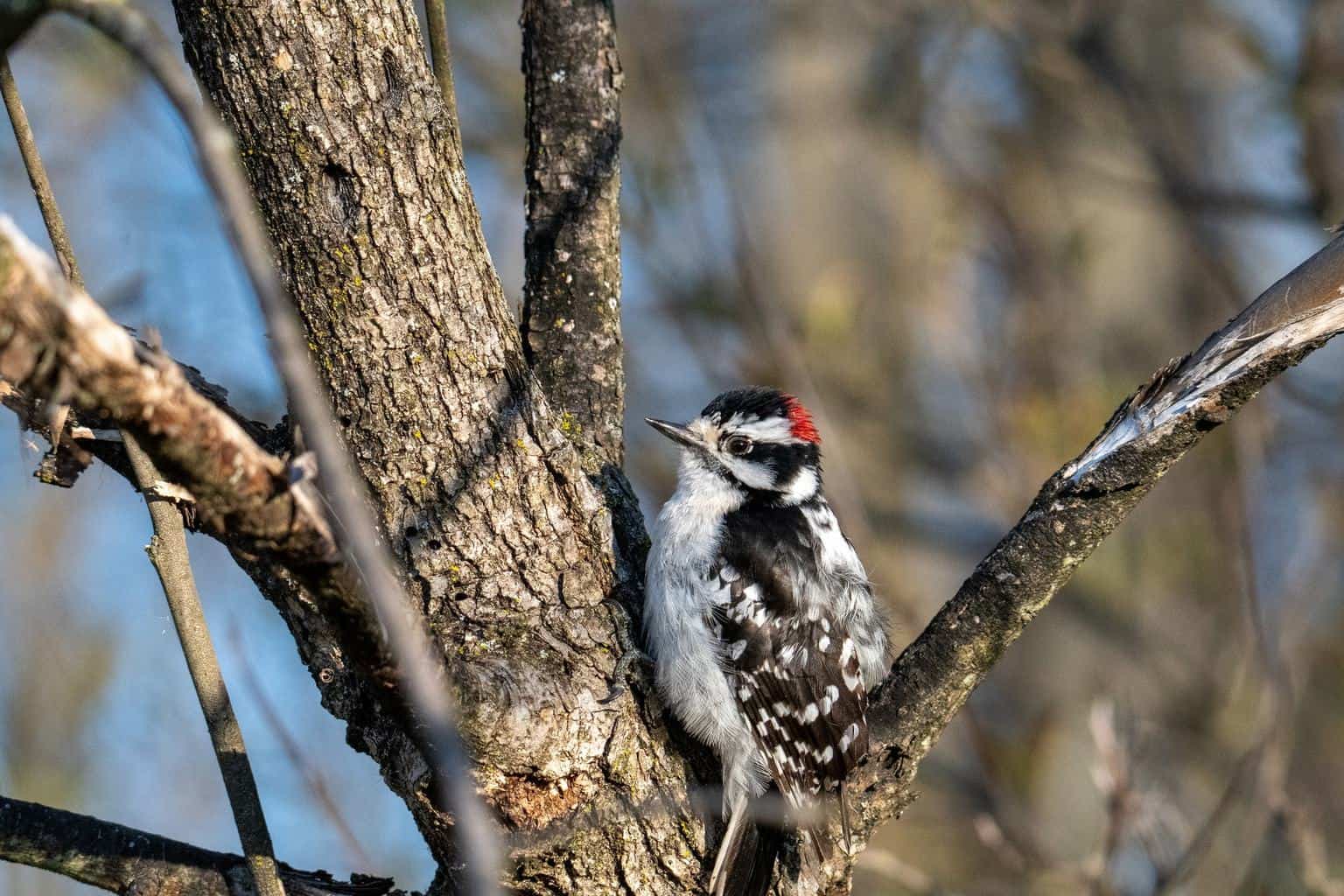
- Scientific Name: Dryobates pubescens
- Length: 5.5 to 7.1 in
- Weight: 0.71 to 1.16 oz
- Wingspan: 9.8 to 12.2 in
- Additional Information:
On the other end of the spectrum, we have the smallest species of woodpeckers to call Delaware home.
Since Downy and Hairy woodpeckers belong to the same species of woodpeckers, they have a striking resemblance. However, you can easily differentiate between them using Downy’s much smaller bills.
You can attract the black and white feathered bird using a range of fruits, sunflower seeds, and even donuts, as they’re highly adapted to wander around residential areas. However, this might also attract the Hairy Woodpeckers, so keep your eyes on the bill.
Yellow-Bellied Sapsucker
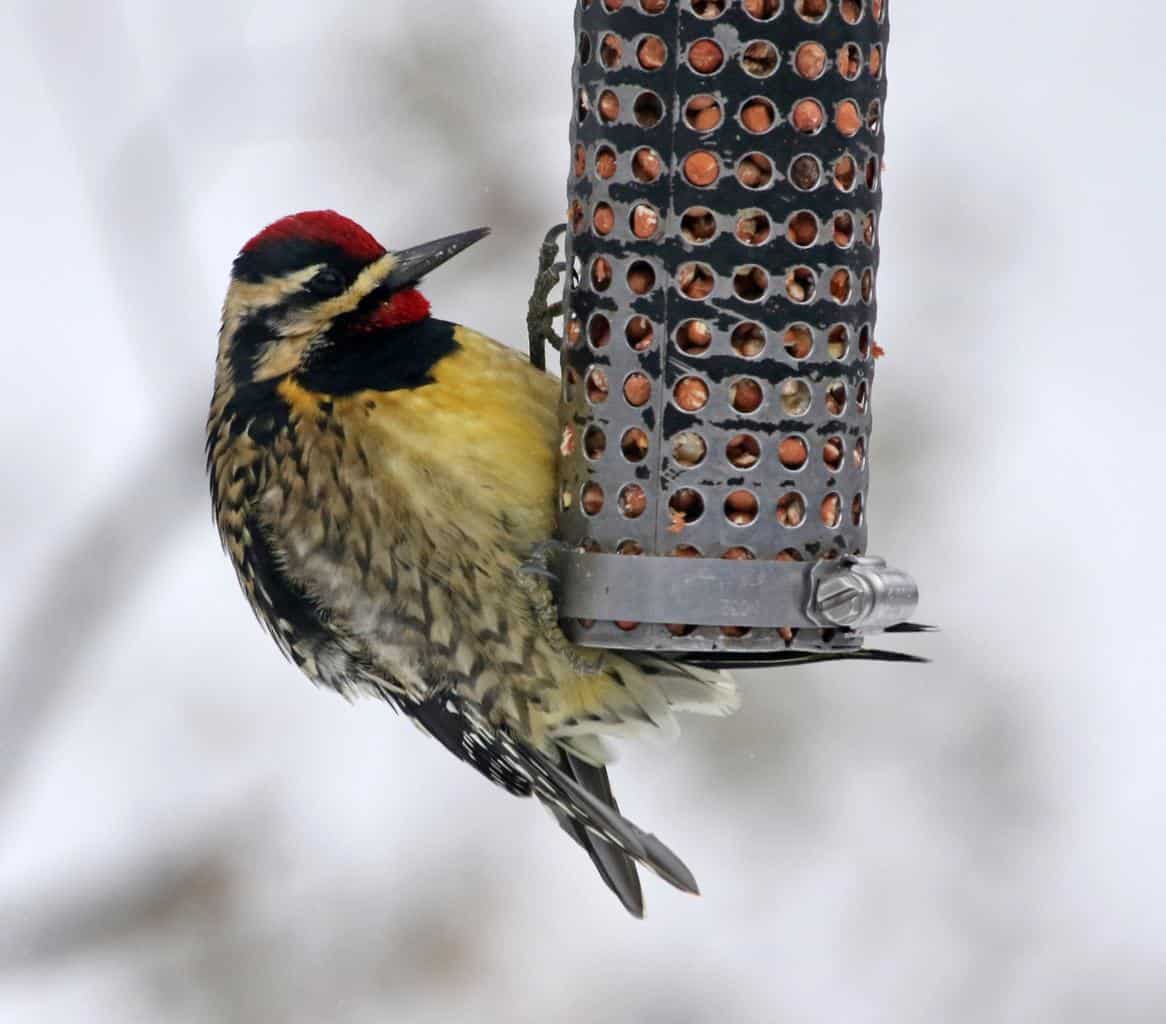
- Scientific Name: Sphyrapicus varius
- Length: 7.5 to 8.3 in
- Weight: 1.2 to 2.2 oz
- Wingspan: 13.4 to 15.8 in
- Additional Information:
Yellow-bellied sapsuckers are mostly black and white feathered but they occasionally have a yellow tinge in their bellies as well.
The males of this species are characterized by having a vibrant red crown and neck while females will only have the red crown.
These medium-sized woodpeckers have a huge range, which extends across Southern Canada from coast to coast in the warmer seasons. In the winter, the Yellow-Bellied Sapsuckers return back to the heavy forests to the west of the Rocky Mountains.
They’re not usually drawn to bird feeders but might make an exception for suet and some unsalted peanuts!
Red-Bellied Woodpecker
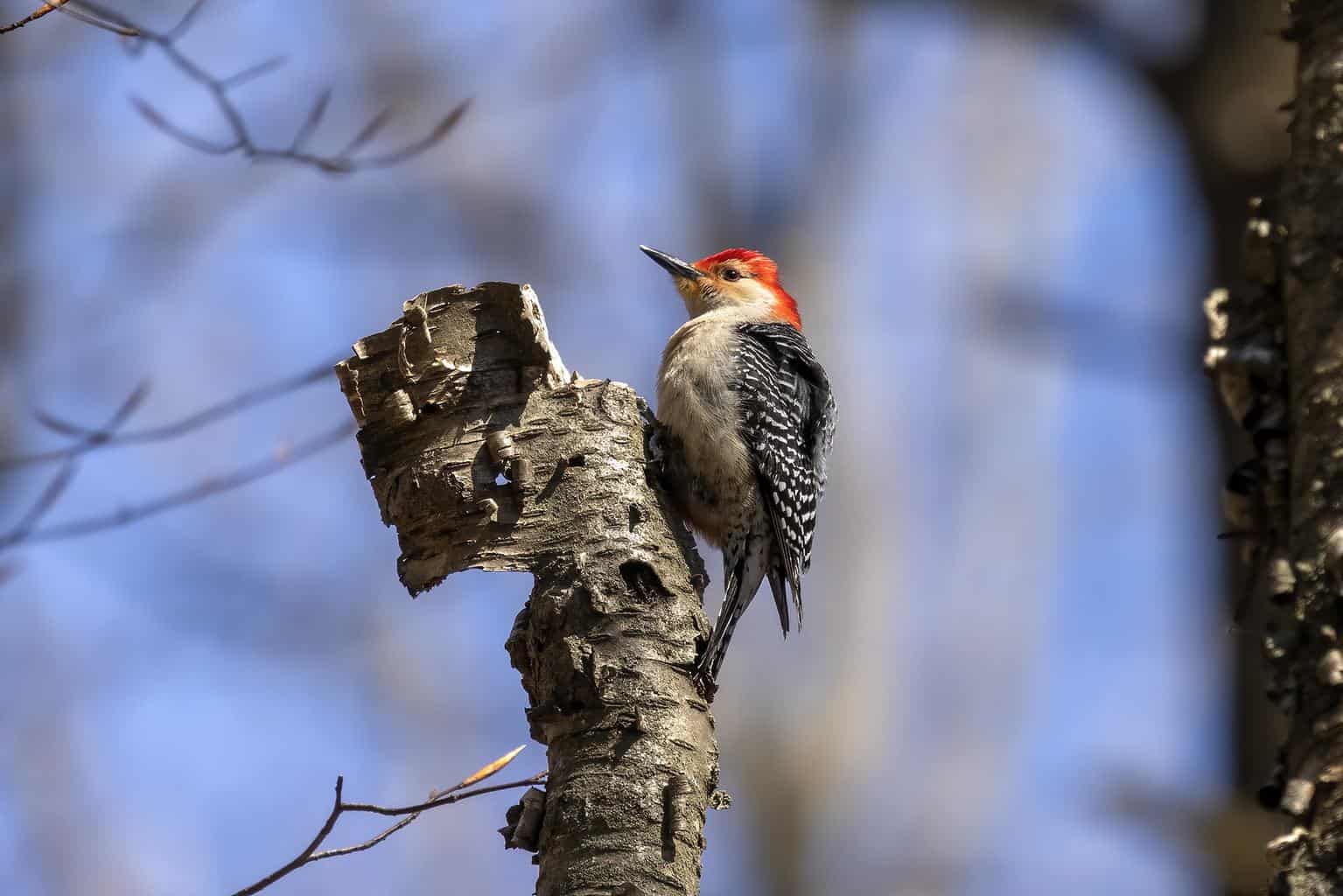
- Scientific Name: Melanerpes carolinus
- Length: 9.0 to 10.5 in
- Weight: 2.0 to 3.2 oz
- Wingspan: 15 to 18 in
- Additional Information:
Although they’re called the red-bellied woodpecker, it’s quite difficult to spot the tiny reddish tinge on their bellies.
Yet, they’re characterized by their light grey face and underparts with the red patch on the nape in females or the reddish caps extending from their bin to their nape in males.
They’re remarkably noisy when compared to some other woodpeckers, so it’s quite easy to find them if they’re nearby.
You can easily attract them in winter with bird feeders filled with suet, or through other seasons using sunflower seeds and peanuts.
Hairy Woodpecker
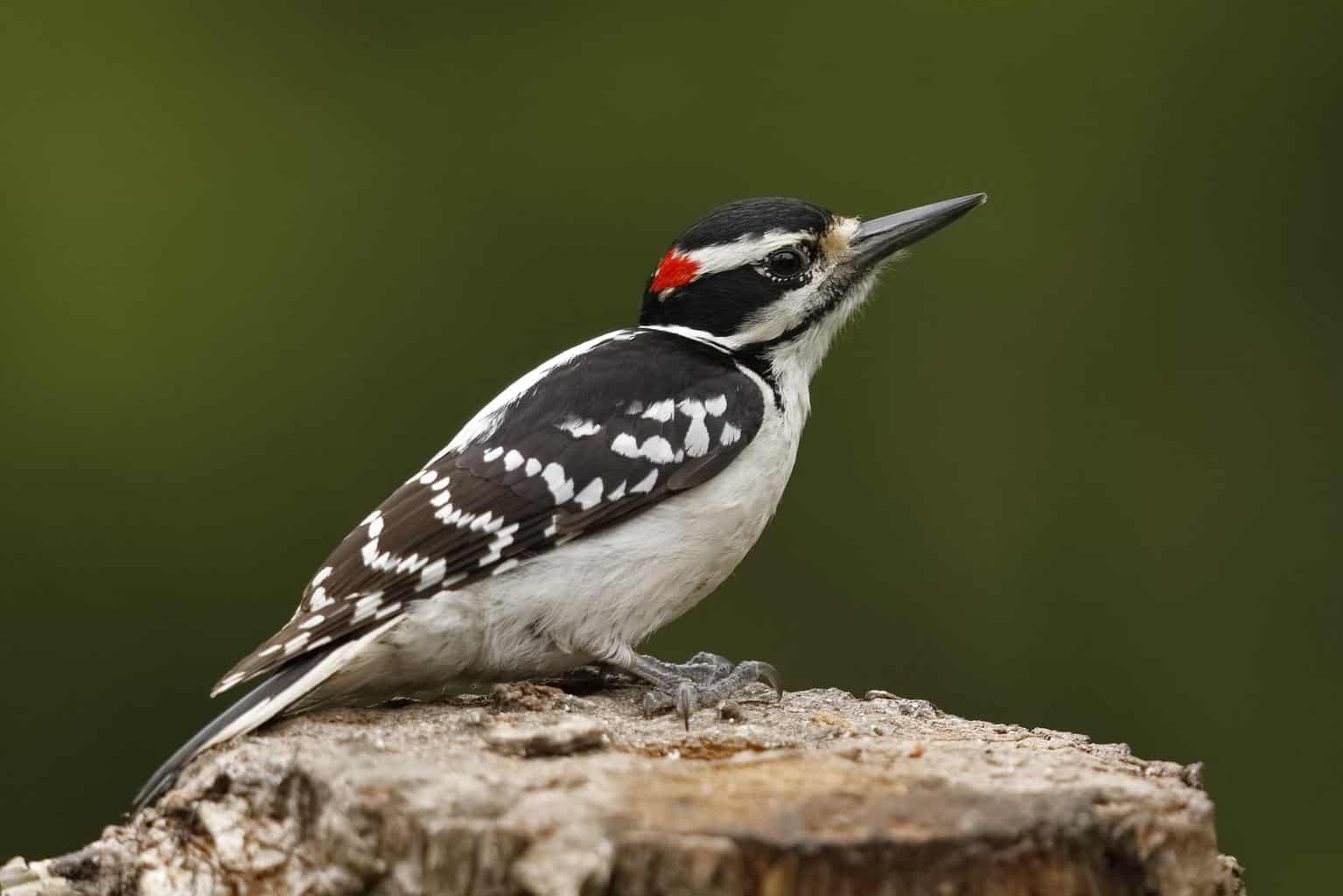
- Scientific Name: Dryobates villosus
- Length: 7.1 to 10.2 in
- Weight: 1.4 to 3.4 oz
- Wingspan: 13 to 17 in
- Additional Information:
As you now know, the Hairy Woodpecker is a close cousin to the Downy variety. They also have a mainly black and white body with some pale spotting on the wings. However, juvenile Hairy Woodpeckers might have a reddish crown that they lose as they grow up.
While they’re extremely difficult to differentiate, if you’re close enough you can spot the difference from the bill.
Hairy Woodpecker’s bills are as large as their heads while Downy ones have a relatively much smaller one compared to their heads.
If you’re watching from a distance, you can also notice that Hairy Woodpeckers usually prefer pecking on the larger and thicker branches.
Northern Flicker
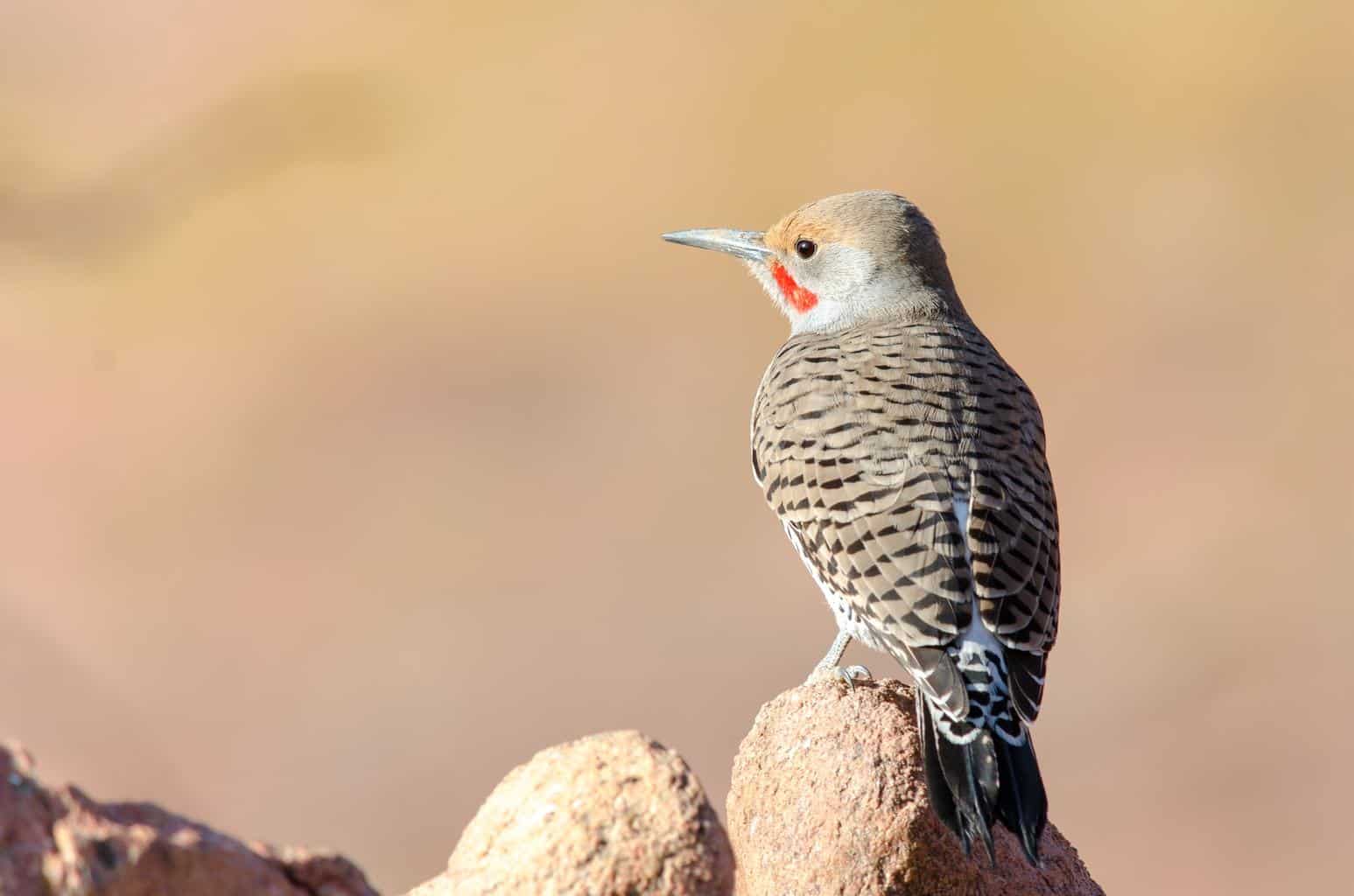
- Scientific Name: Colaptes auratus
- Length: 11 to 14 in
- Weight: 3.0 to 5.9 oz
- Wingspan: 17 to 21 in
- Additional Information:
Flickers are the only species of woodpeckers that would feed on the ground. Northern Flickers are known for eating a wide range of foods, including fruits, nuts, seeds, and berries. However, they mainly hunt for insects, with ants being their primary source of food.
The Northern Flickers that live in Delaware would often migrate to the south when it’s colder. The adult birds are mid-sized with brown color and black bars that are found on the wings and across their backs.
The black patch on their upper breasts with spotting all the way downwards are also characteristic features of the woodpecker.
Red-Headed Woodpecker
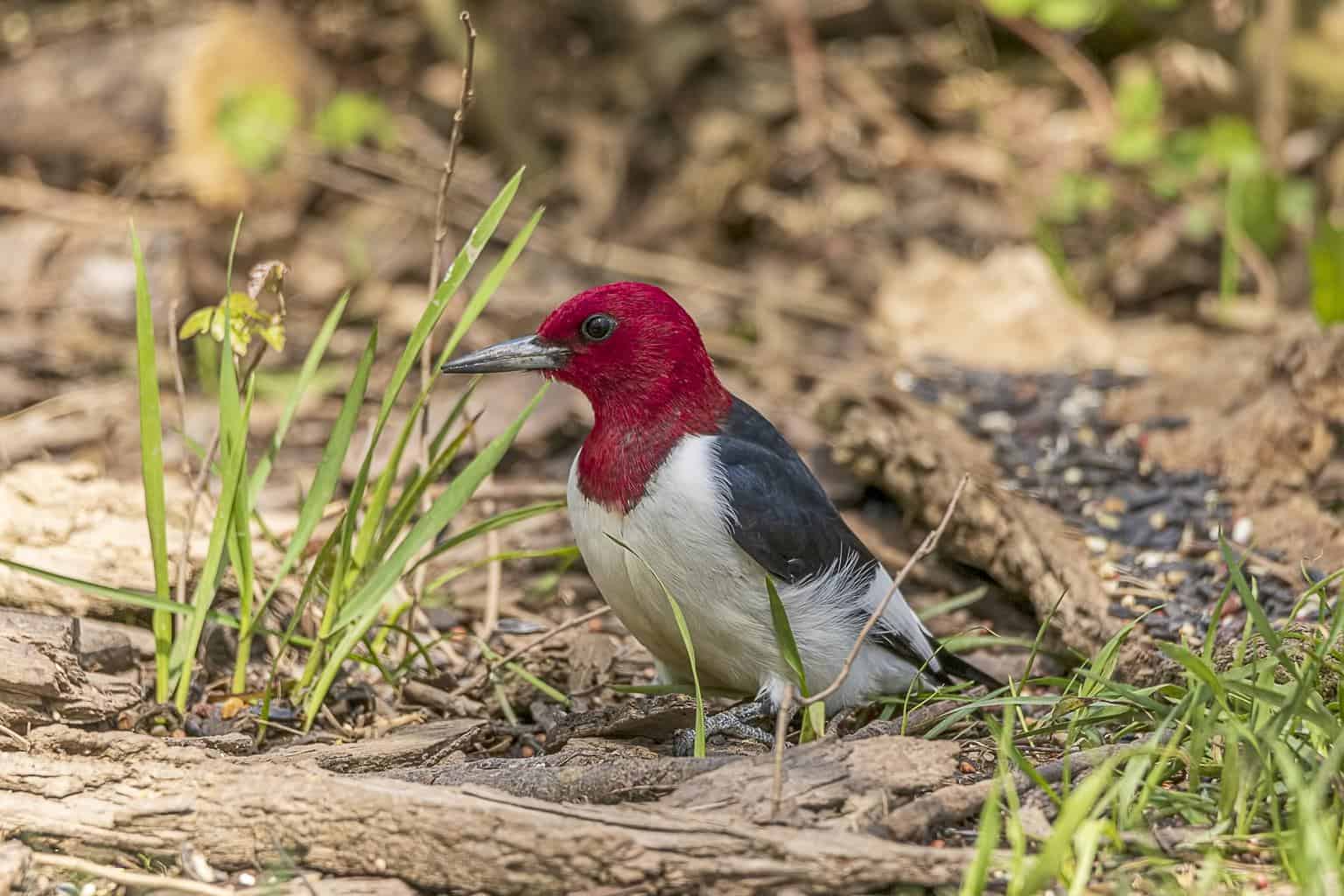
- Scientific Name: Melanerpes erythrocephalus
- Length: 7.5 to 9.8 in
- Weight: 2.0 to 3.4
- Wingspan: 16.4 to 17.1 in
- Additional Information:
Last but not least, the Red-Headed Woodpecker is easily one of the most common woodpeckers across America and you’re most likely going to find plenty of them in Delaware.
They’re easily identified because their heads are entirely covered in red feathers while having a bright white stomach.
Also, they like nuts and acorns of all kinds, so they’re spotted in open fields as well as oak forests.
While Red-Headed Woodpeckers are mainly permanent residents of Delaware, you might notice an increase in the numbers of the birds during summer due to the migration of some of the birds from Canada.
Wrap Up
There you have it. A complete guide that walks you through the different species of woodpeckers that you can spot in Delaware.
As you can see, it’s quite easy to attract most of these beautiful woodpeckers into your bird feeders.
Yet, before attempting to attract a woodpecker to your yard, remember that woodpeckers can be extremely noisy sometimes. So, make sure that you won’t be causing problems to your family or your neighbors by doing so.


